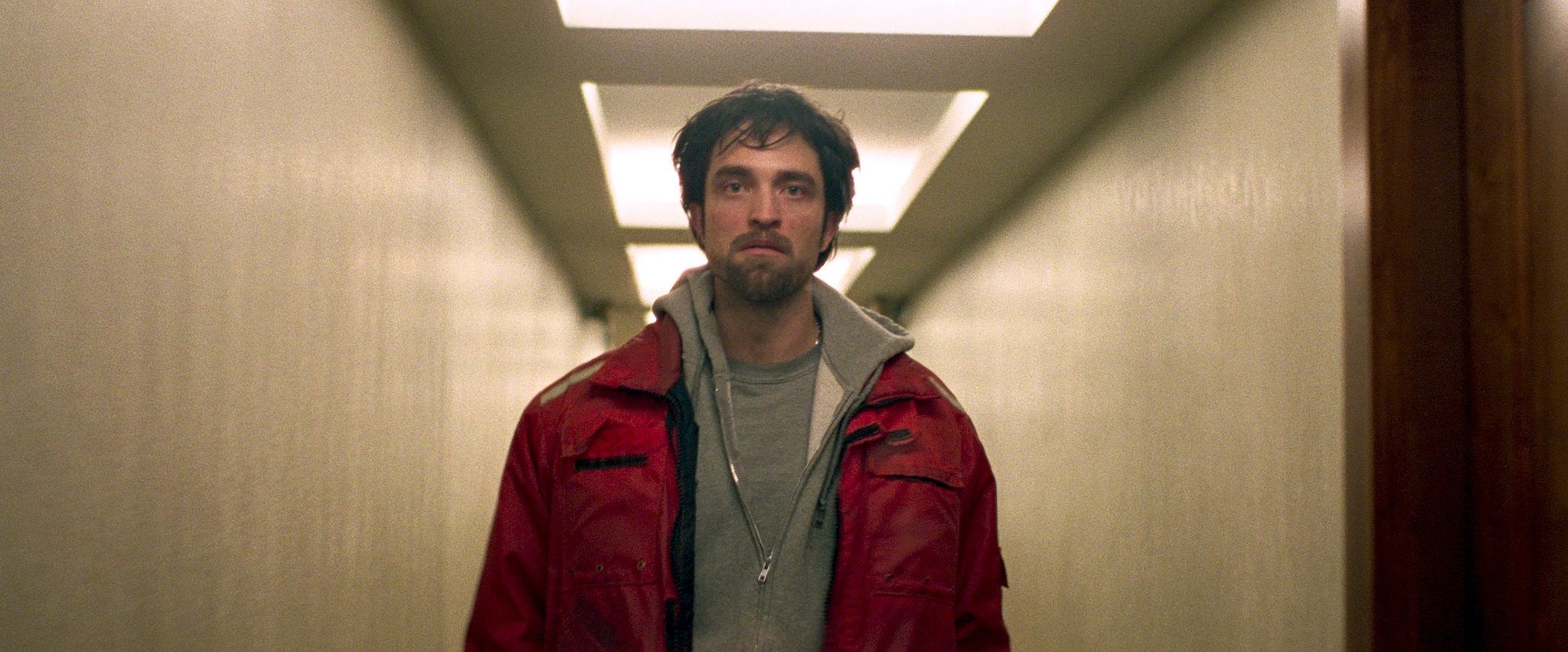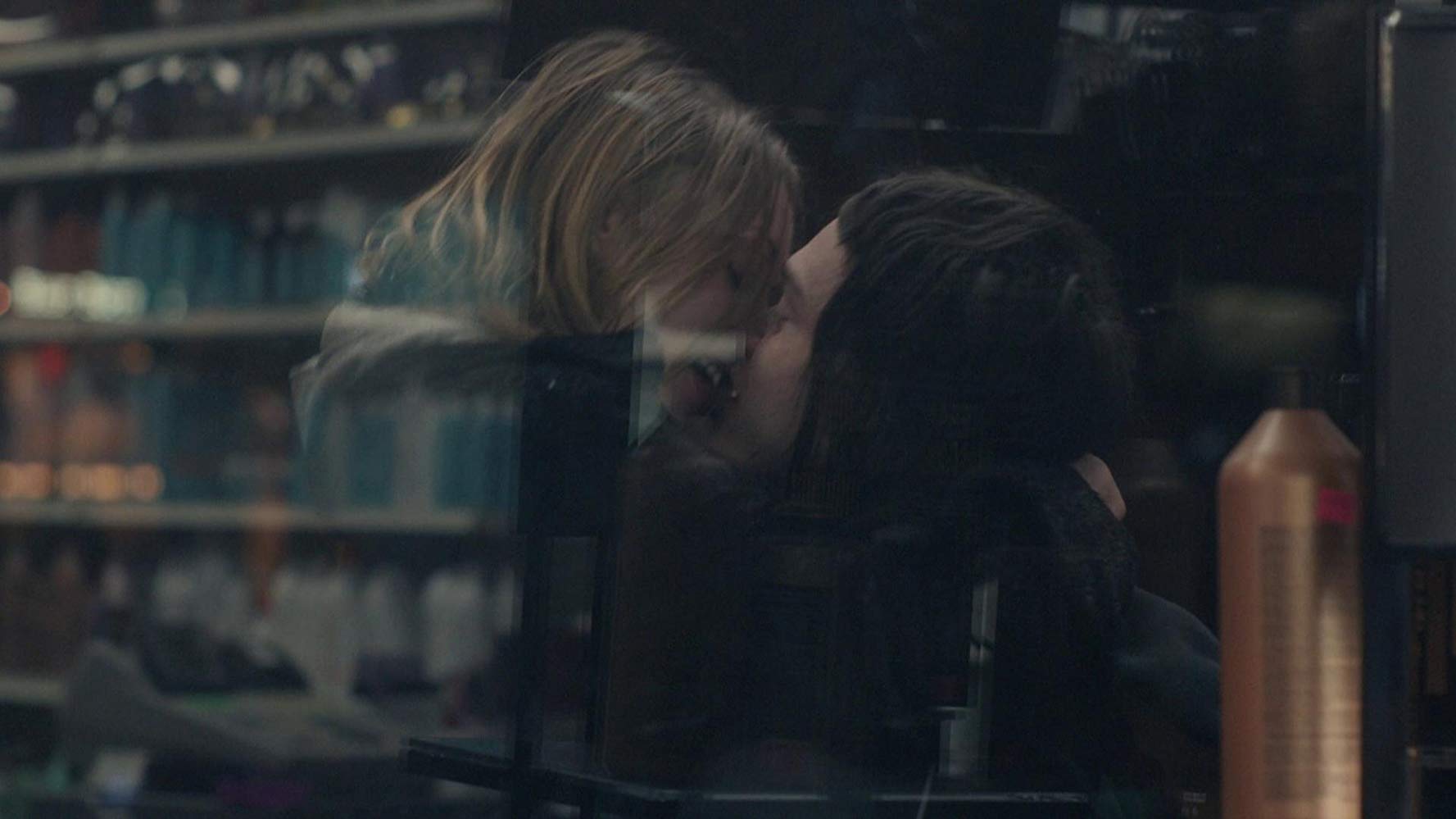

Josh and Benny Safdie’s Uncut Gems was released in late December, quickly gathering attention for Adam Sandler’s talented and surprisingly serious performance, as well as its exquisite visuals and unconventional story. This latest production serves as another successful creation for the filmmaking brothers, who’ve earned critical acclaim for their other works Good Time (starring Robert Pattinson) and Heaven Knows What – both praised for their original and artistic approach to gritty, urban realism. Their distinct style has been developed through a series of unconventional inspirations, ranging from classic filmmakers like Tarantino and Scorsese, to comic book artists like the controversial Robert Crumb.
The largest inspiration for the Safdie brothers has to be New York, the place in which they grew up. Coming from divorced parents, the two would frequently move between Queens and Manhattan, two areas with diverging characteristics despite being in such close proximity of each other. Growing up in such a colorful, bustling place clearly affected the pair on a deep level, resulting in all of their narrative films being set in these distinct locations. They truly have a grasp on the city’s essence, giving it enough life and energy to seem almost like another character in their films. Rather than focusing on the glamorous, wealthy aspects of New York, they instead center their stories on the city’s grittier aspects like the Diamond District, or even amongst the homeless. The Safdie brothers manage the impossible, finding beauty in these poorer parts. Even in the garish or the tacky, the two still manage to create interesting and aesthetically pleasing imagery.


One of the Safdie’s other influences is writer Irving Welsh, with the two listing his books Porno and Trainspotting as their favorites. The impact of these novels is evident when you consider the types of plots they choose to make their films about. This is seen in Heaven Knows What, which mirrors Trainspotting with a focus on heroin addiction and their brutal depiction of the addiction’s consequences. Furthermore, the protagonists in their movies share a similar moral ambiguity to the characters of Welsh’s novels. Specifically in Uncut Gems, we see Sandler’s Howard Ratner gradually shift from a reprehensible but primarily understandable person to utterly reprehensible in his entirety. This seamless change in character reflects the teetering nature of integrity often featured in Welsh’s works.
Another noticeable inspiration for the Safdie brothers, and probably their biggest one, is director John Cassavetes. The two list many of his films as being their favorites, including Woman Under the Influence, Opening Night, The Killing of a Chinese Bookie, Faces, and Shadows. His impact on them can be found primarily in how the Safdies’ film their movies. Like Cassavetes, the two employ protagonists with complex personal motivations but focus visually on realism — to a point that both are heavily influenced by a documentarian style. The Safdie brothers frequently base their movies off of real stories or people and will interview their influences before shooting in order to find inspiration for a character’s arc or personality. They also rely heavily on music to set a film’s mood, harkening back to a quote by Cassavetes stating “I like all music. It makes you feel like living. Silence is death.” This is most apparent in Uncut Gems, which has an incredible, otherwordly soundtrack that seeps the audience in an almost dreamlike feeling.


If you want to get into the Safdie brothers, its best to begin with their most accessible works: Uncut Gems and Good Time. Both films have interesting plots, stunning visuals, as well as talented performances from well-known actors like Robert Pattinson, Adam Sandler, and Jennifer Jason Leigh. The star power of both movies make them digestible and easier to get invested in. After this, should come the movie Heaven Knows What.
Though it doesn’t have the all-star cast of the aforementioned films and tells a much more difficult story to watch, Heaven Knows What is still an expertly-made film that properly depicts drug abuse without the common romanticization found in other films. What adds to it’s authenticity is the fact that the story is acted out by the real-life inspiration of the film. Protagonist Harley is played by Arielle Holmes, a real-life drug addict who was found by the Safdie brothers while she was panhandling in New York’s Diamond District. The two had her write her story down so they could make a film adaption of it, and then asked her to play the film’s central role. This was a brilliant move, as no one else would understand the character’s motivations better than the person who actually lived them. The Safdie’s brother commitment to narrative authenticity exemplifies their focus on integrity while showing respect to the various complex characters they bring to life.
After you watch the big films, it’s worth visiting the Safdie brothers’ more obscure films like Lenny Cooke, Daddy Longlegs, and The Pleasure of Being Robbed. While not as polished or well-financed as their newer films, these movies still manage to display the same visual creativity, sincerity, and realism featured all throughout the Safdie’s work.
